Final Fantasy MEGA BLOG - Part II
By LawGamer 6 Comments
PART THE SEVENTH - IN WHICH I MAKE GOOD ON A PROMISE
Hello again, and welcome to Part II of my Final Fantasy Mega Blog. Last time, I reminisced about my past, played through the tutorial of the game, bitched about a lot of things, and bored all of you to tears. In this episode, I plan to actually, you know, play a bit of the game, try out the combat, and see if I can get a handle on whether I will actually have any fun being a monkey for your amusement.
First though, I believe something about generous cleavage was mentioned at the end of my last post.
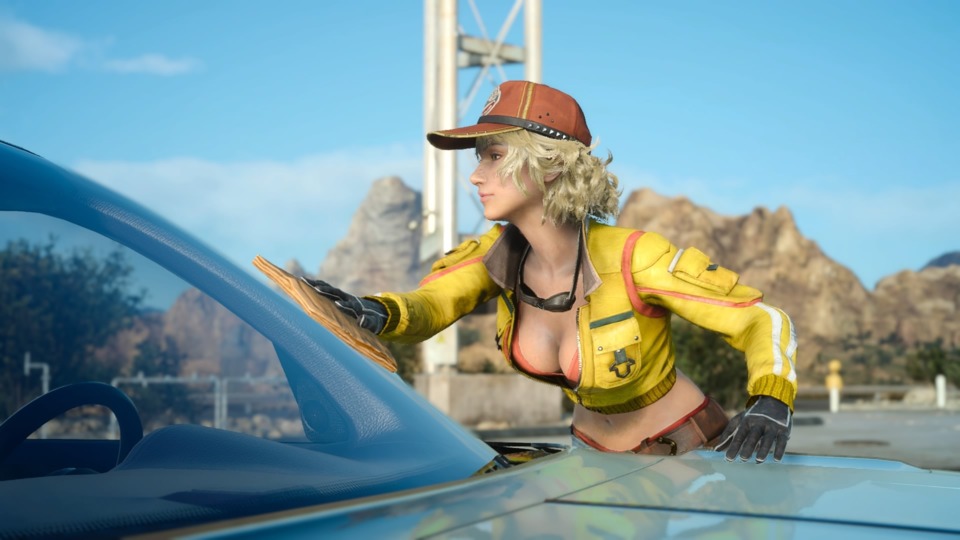
There. Never let it be said that I don't keep my promises. And actually, I'm not doing this just to be a disgusting male pig - it actually ties in pretty well with what I want to talk about next.
PART THE EIGHTH - IN WHICH DONALD TRUMP DESIGNS A GAME CHARACTER AND I WANT TO PUNCH AN OLD MAN
When we last left our intrepid heroes, they had suffered a spot of car trouble on the way to Noctis' wedding, leaving them to push the car to the nearest garage for service.
We pick up our story just as the party manages to get the car to the service station. Now, one would expect that Noctis, being a prince on the way to a very important wedding, would be greeted by a team of crack mechanics ready to get us back on the road. Instead, this is the first thing we're greeted with:

And from there, things don't get much better . . .
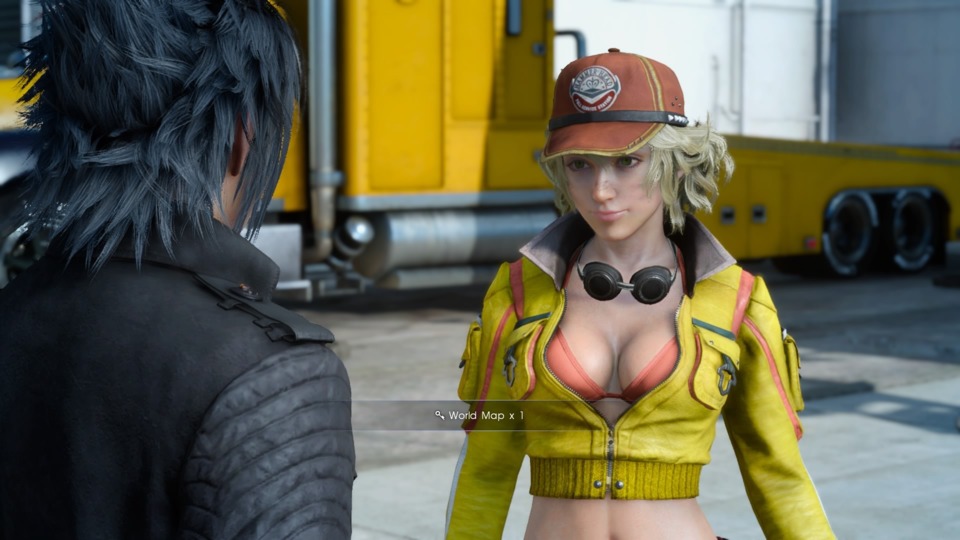
This . . . hooker, stripper, prostitute, lady . . . person introduces herself as Cindy, "Cid's grease-monkey granddaughter." She does this in the most horrible faux South-Taxas accent imaginable. She also calls Cid "Paw-Paw," because that's totally a word that Texans use. And this won't come through in the screenshots, but let's just say that although her chest isn't quite at the "Dead or Alive physics defying boobage" level, it's just one step below that.
Safe to say, I have An Opinion about this, and it isn't a positive one. And that Opinion is this:
IT'S 2016! HOW THE FUCK DID THE DEVS THINK THIS CHARACTER WAS OK??!!
How do you think those design conversations went? Was it a tragic series of misunderstandings between writers and artists about the character design or did they just jump straight to saying "fuck it, give us tits!"? I think we have to assume the latter, seeing as how this character was also in the demo. I refuse to believe that someone, somewhere didn't complain about her design, so it must have been a conscious choice on the part of the devs to ignore it and instead throw their hat in the ring for the "Most Sexist Character of 2016" Award.
And to make matters worse, Cindy isn't just any female character. She's the very first female character the game shows you. Think about that for a minute. The. Very. First. One. A series that has a reputation for strong and complex female leads decided that the way to move Final Fantasy forward and introduce the series to a new generation of fans was to turn the clock back fifty years and have it's first woman character dress like a Playboy cover girl.
What's so sad about this is that even a little bit of forethought could have improved this character 1000%. If they'd just put her in a standard mechanic's jumpsuit it would have been fine. In other words, if they'd just taken the time to put her in clothes appropriate for her job, the problem would have been solved. Instead, they went down this route, and I'm struggling to figure out why.
Thankfully, before Cindy can launch into a discussion about the proper function of her . . . cylinders . . . Paw Paw Cid shows up. For those who haven't played Final Fantasy before, Cid is a character that has been constantly reinvented and placed in every Final Fantasy game, and is typically cast as some sort of scientist. This incarnation happens to be a mechanic and the owner of the garage.
He's also a cantankerous asshole. This is among the first things he says to Noctis:
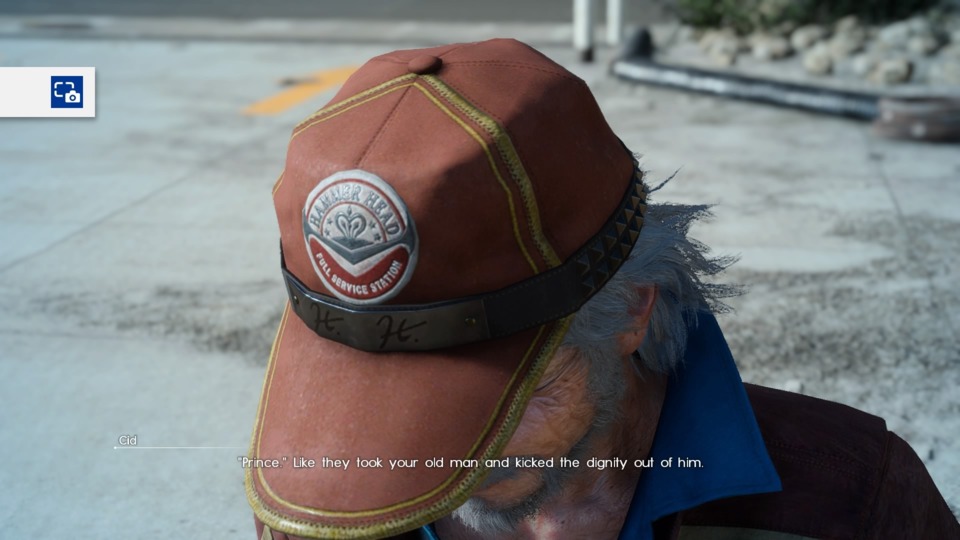
Again, what the fuck? Noctis is freaking royalty, and this is how people address him? How is this happening? Why doesn't Noctis get any respect? Why isn't Gladio bringing me this old fart's head?!
In any case, Cid says the repairs are going to take some time, which means that we've now got time to wander around and actually do stuff.
PART THE NINTH - IN WHICH PROMPTO DOESN'T UNDERSTAND MONEY
With time to spare, the party splits up and wanders the outpost to shop. Gladio wanders by the weapon shop, Ignis goes off in search of coffee and Prompto . . . well Prompto is having some problems.
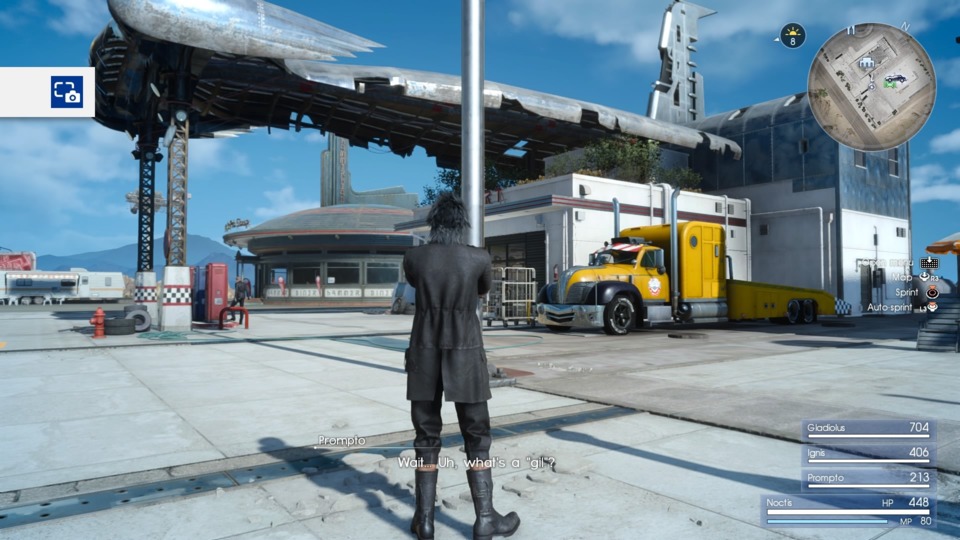
What’s a Gil? What’s a Gil?! Oh, I don’t know Prompto, it’s only the currency you use to buy stuff. Look, I get that the party is supposed to be a bunch of spoiled rich kids from the big city, and that they probably have black cards to go along with their black everything else, but come on! Do you really expect us to believe that some of them don’t know how money works?
Or maybe it isn’t such a mystery, because as it turns out, the party is flat broke. We have, to quote Ignis “expended the last of our funds on repairs.” I find this hard to believe. Again, Noctis is a freaking prince. Not only is he getting mouthed off to by an old man, the party is also flat broke? Is Noctis secretly a younger son? Is he the spare from “an heir and spare?” No? Then Noctis has got to be the sorriest excuse for royalty in the history of video games. Let’s recap: he drives a broke-ass car, doesn’t get an honor-guard for his own wedding, has no money, and septuagenarian auto-mechanics feel comfortable mouthing off to him. If that’s being royalty, I’d hate to see how the common people live in this country.
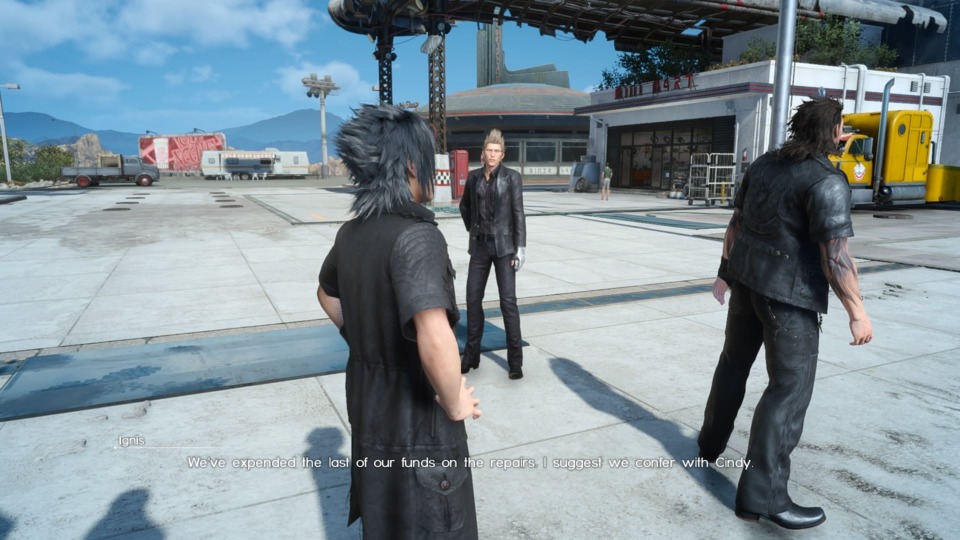
Because the party is monetarily impaired, we need to ask Cindy (*shudder*) for help. Upon speaking to her, you are offered several conversation options, because apparently conversation trees are something that needs to be in every RPG these days. I choose the option related to earning some money and she reveals that the repairs have cost so much because Cid was intent on “teaching us a lesson.” So in addition to mouthing off to royalty, the old fart is also ripping us off? Again, why haven’t we killed him yet? Regardless, she gives us some spending money and tells us that some “varmints” have been bothering the area lately and offers to pay us to take care of them.
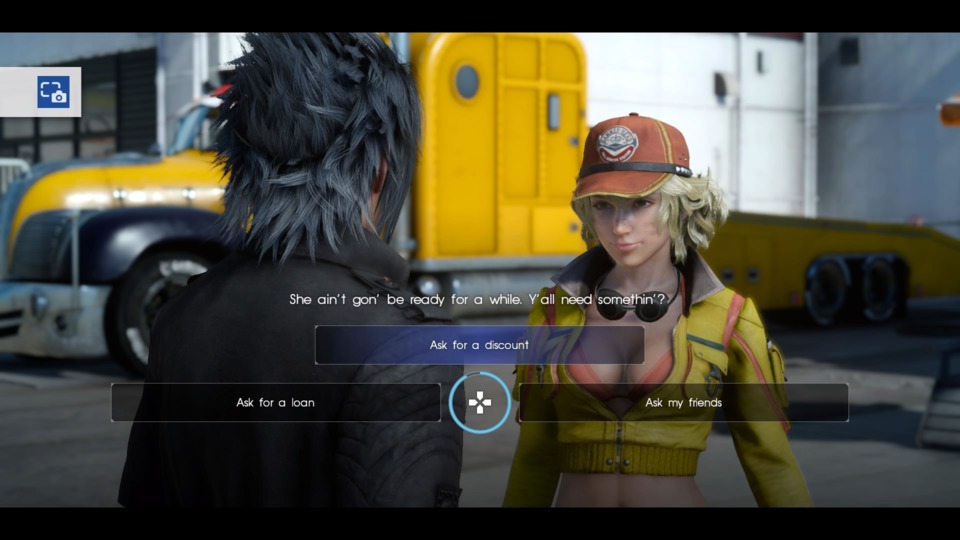
If there’s a positive side to our current money problems, it’s that they do highlight an important thing to remember. At least early in the game, money is kind of hard to come by. Unlike in prior Final Fantasy games where you earn some scratch after every fight, FFXV’s primary methods of making money are by completing quests or monster hunts. Enemies do drop items, and those items can be sold, but for reasons we’ll get into later, you generally want to hang onto the stuff you pick up, which means that, for the time being, quests and hunts it is.
Speaking of which, you pick up monster hunts by talking with “informants” at diners located at rest stops around the world. Why a dude flipping burgers at the local kitchen would be super-in-the-know about world goings on is beyond me, but regardless that’s how you do it. In addition to telling you about monster hunts, informants will also helpfully point out places to camp, additional rest areas, and treasure spots in the surrounding area.
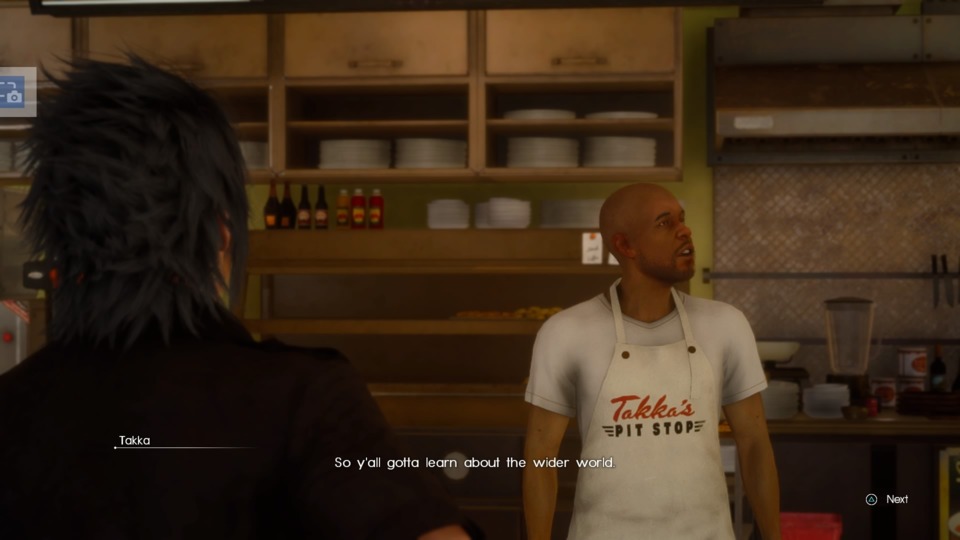
From the local informant I pick up a hunt for group of creatures called "Sabreclaws." And with that, it's off to play the game (finally).
PART THE TENTH – IN WHICH I FIND OUT THE COMBAT MIGHT BE FUN. SOMETIMES.
Now with two tasks in hand, I head off to actually play the game. First is the hunt that I picked up in the diner, primarily because the game only tracks the last quest you picked up. Although you can change which quest gets tracked by going into the menu, it seems odd (and obnoxious) that the game won’t let you track more than one quest at a time.
The quarry is only a short distance away from the diner, so finding the spot isn’t a problem. And with that, I now have the opportunity to engage in combat for the first time in the game.
I admit to some trepidation here. I followed FFXV quite closely through it’s dev cycle and nothing that I had seen in Let’s Plays or articles on the game particularly enthused me about combat. Real time action in a Final Fantasy game? Heresy, I said! I also played the Platinum demo and walked away thoroughly unimpressed if not outright repulsed. Everything felt so floaty, enemies didn’t give clear signs of when an attack was coming and your own hits lacked impact. So I was fully prepared to HATE FFXV’s combat from the off.
As I discussed a bit in the prior episode, there’s a lot going on in combat. You hold circle to attack with your weapon, and you can equip up to four different types of weapons, or use a slot on a spell, which are now consumable items (more on magic later). If you want to dodge, you hold square, which automatically avoids most attacks, but at the cost of MP. You also use MP to “warp strike,” which launches you towards an enemy and does more damage the farther away you are.
If you run out of MP, you enter “Stasis” mode where you cannot warp-strike or dodge and you take considerably more damage from enemy attacks. MP can be restored slowly over time, or instantaneously by aiming towards a “Point-Warp” and pressing triangle. Point-Warps are places that are generally up above the combat area and warping to one immediately restores all of your MP and will also heal you rapidly until you run out of stamina to hang.
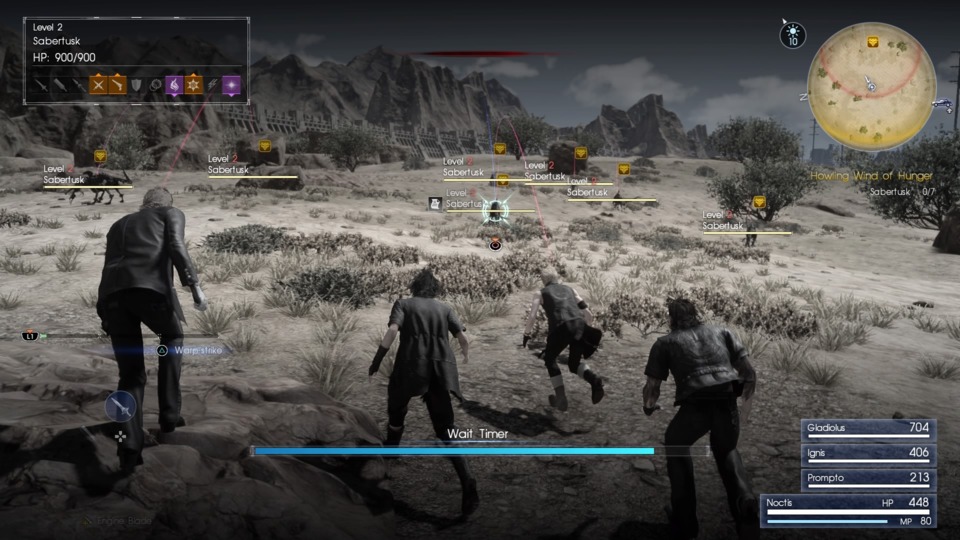
Occasionally, you will also get a button prompt to “Block,” which is you time correctly, will offer you the option to “Parry” (there are the same damn thing!), which does a ton of damage. Successfully parrying or attacking an enemy from behind might also launch a “Link-Strike” with one of your companions where you team up on an enemy to do more damage. Companions can also equip and launch various “Tech” attacks by using a green bar that charges over time. You can build three charges with more powerful techs consuming more of the bar.
Like I said, it’s a lot of stuff to keep track of. But despite my pre-release doubts I have to admit that despite all the odds, when it works, it really works. At its best, the combat is frenetic, action packed, and visually impressive. It’s genuinely thrilling to warp in and out of combat, dodge attacks at the last second, and fire off your companion’s tech abilities. Even the animations are charming in their own way. For example, when you perform a successful link strike with Gladio, it will start with him and Noct brutally wailing on an enemy but end with a bro-tastic fist-bump.
So the combat at least has the potential to be pretty awesome. The problem is, when the combat system doesn’t work, it really, really doesn’t work. There are a whole host of problems; the camera is often too slow to keep up with the action, the it also likes to get stuck behind walls and trees. If you are fighting a large group of enemies there can be so many prompts coming up on the screen you can’t see what’s going on. The lock-on is a hold when it should be a toggle, and the cinematics on your tech attacks take so long that enemies have a tendency to move out of range while the pre-attack animation is playing.
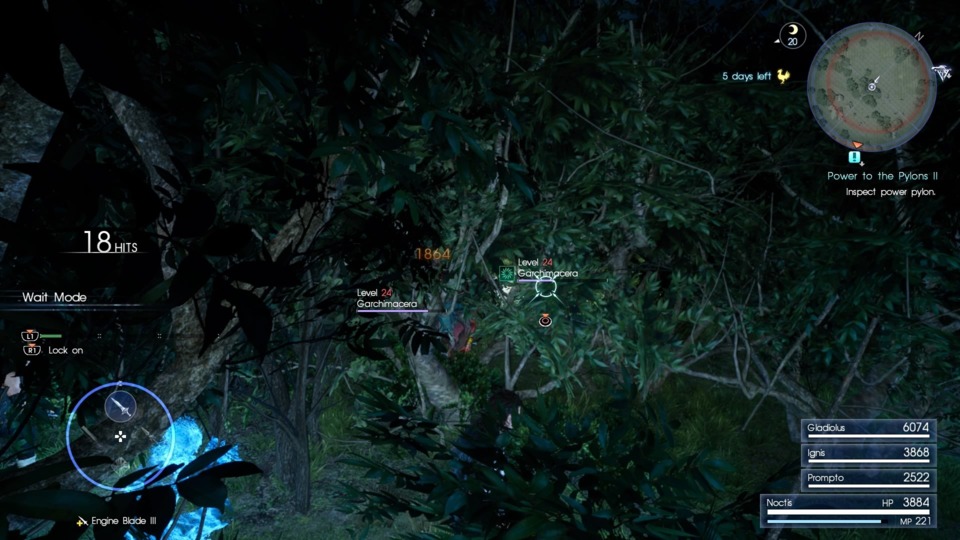
On their own, a lot of these issues would fall under the “annoying but not fatal” category. However, they also have a tendency to occur all at once. Take, for example, the battle I am currently fighting. The fight is against a number of small, nimble opponents. They aren’t necessarily powerful, but they are quick and can burn your health down quickly if you aren’t careful. Therefore, it is imperative that you not get surrounded.
However, because there are so many enemies and they are so quick, the camera has difficulty keeping up. Rather than seeing combat, you get a lot of good views of rocks and trees, which ends up with you getting surrounded, which ends up with you in trouble. This is particularly true if you are using the lock-on function because of the way it interacts with the camera. You see, rather than gradually rotating as an enemy moves by you, or zooming out to a wider angle, the camera tends to wait until the enemy is nearly behind you before wildly swinging around to put the enemy in your view again. It’s disorienting,
Of course, you could simply attack without locking on, which solves some of the camera problems. However, the auto-targeting system is completely boneheaded, and usually manages to pick the enemy farthest away from you to attack. Because this fight has so many enemies leaping in and out of range quickly, this tends to result in the player swinging at a single enemy, having it leap out of range, and then having the auto-targeting picking a different enemy half-way across the battlefield.
So yeah. Combat is maybe not perfect.
PART THE ELEVENTH – IN WHICH I SPEND THE NIGHT OUTDOORS AND COMPLETE THE HUNT
With the first hunt out of the way, I now turn my attention to completing the task Cindy set me to eliminate the "varmints." This involves running around the area to three different locations and killing what you find there. In this case, giant scorpions, which due to their slower movement, turn out to be considerably easier than the sabretusks I was fighting earlier. Having completed this task, the party receives a call from Cindy, who congratulates them on completing their mission, but then asks another favor. Apparently, someone has gone missing the area near the party, and she asks us to go look for them. Thankfully, she says she knows where the guy is – he’s holed up in a shed near where we are. Noctis says he sees the shed from where the party is and that we’ll check it out.
Now, I will leave it to the judgment of the comments as to whether what Noctis sees would qualify as a “shed.” When I think of a “shed,” I think of a smaller building used to store tools, failed projects, and lots of Old Stuff. The building in question looks too large to be a shed. It’s more of a barn, or maybe a utility building of some sort.
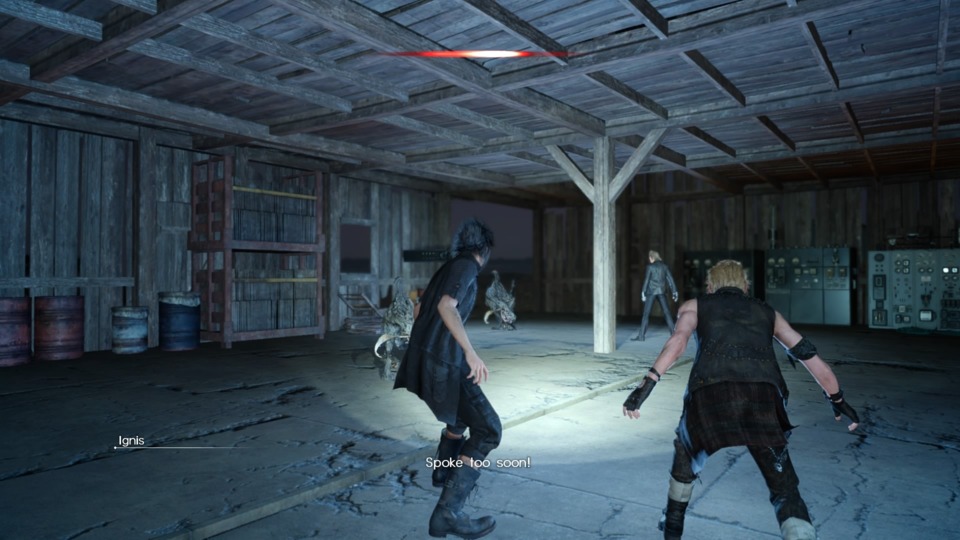
It turns out I’m right because we do not find the missing person, but instead get ambushed by a group of angry monsters. Because this is an enclosed space, when I say "ambushed by monsters," I really mean, "forced to fight a battle with the camera stuck behind a wall." Thankfully these are low level creatures, so it isn't too much of a problem.
Having button-mashed through the blind camera-behind-a-wall-fight, the party now takes a second guess as to what kind of building constitutes a “shed.” Thankfully this time they guess correctly, and to make it even better, the mandatory combat takes place in the open, so you can actually see what’s going on for once.
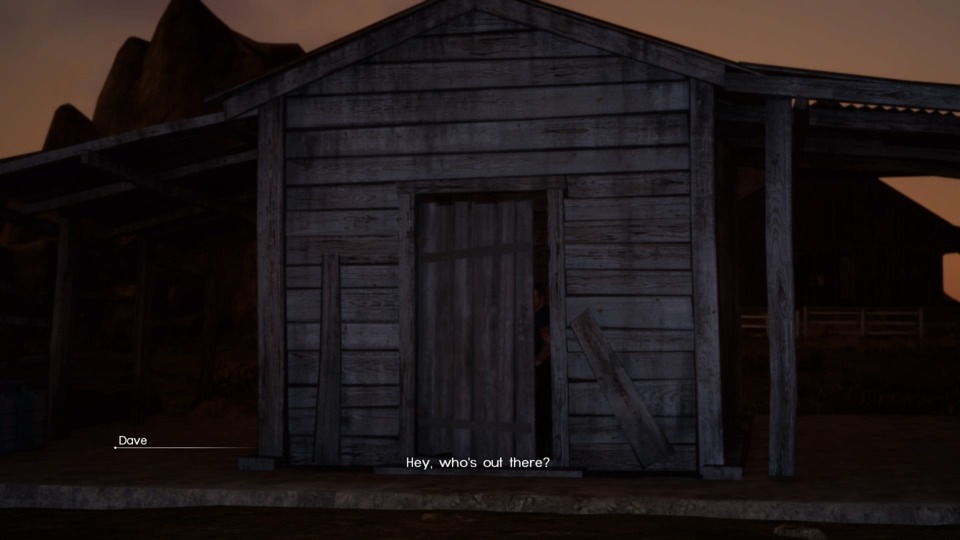
Having dealt with the monsters outside, I rescue the dude in the shed. He is called Dave. Dave tells me that he was hunting a larger monster called a "Dualhorn" and that this particular one appears to be mutated in some way. It was too much for him so he had to take refuge in the shed. He offers to pay the party if they take care of it for him. Since the party needs the money, I agree. Ignis suggests that, because the monster is supposed to be powerful, that we camp for the night to get ready.
Beyond trying to play up the fight as something you need to prepare for, this objective is clearly designed to teach the player about the character advancement system of FFXV because it works differently than in prior Final Fantasies. In prior entries, any time you won a battle, you would receive experience, which was then immediately applied to your character. If you had enough, that character leveled up.
It largely works the same way in FFXV in that every battle gains experience. However, instead of accrued experience being immediately granted to the player, you need to find a spot to rest, sort of like a bonfire in Dark Souls. When resting, you have two choices of abode – you can camp, which applies the XP and allows you to cook a meal that will provide you with a status buff the next day, or you can rest at in inn, which gives an XP multiplier but doesn’t allow you to cook a meal.
A couple of things here. First, where was the party carrying all that stuff? You’ve got a tent, food stuffs, an stove, firewood, and four folding chairs. That’s . . . a lot of stuff. It’s too much stuff. The party is violating the number one rule of camping trips – pack light. My family grew up camping and back-packing and I can tell you, you wouldn’t want to be carrying all that shit every day between camp sites.
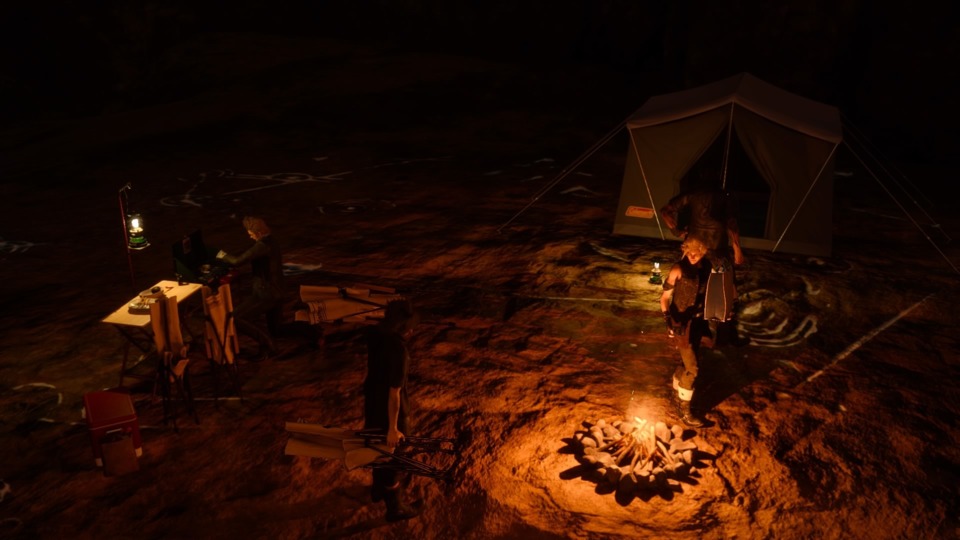
Second – hellooooo shameless corporate sponsorships! That’s a Coleman tent the party is sleeping in, a Coleman lamp the party is using for light, and even a faithfully rendered Coleman camping stove! This seems like a weird sponsorship to have in a video game. And while I have to tip my hat to the devs for faithfully rending that stuff, it’s also kinda not even correct?
For one thing, there is no way four dudes and their sleeping bags are fitting in that tent. Just eyeballing it you can tell it is way too small. Which to be fair, is kinda the way tents work. I bet if you looked on the box, that tent would tell you it fits eight people. Hell, the tent I use claims it’s a two person tent and isn’t big enough for me and I’m only 5’7”.
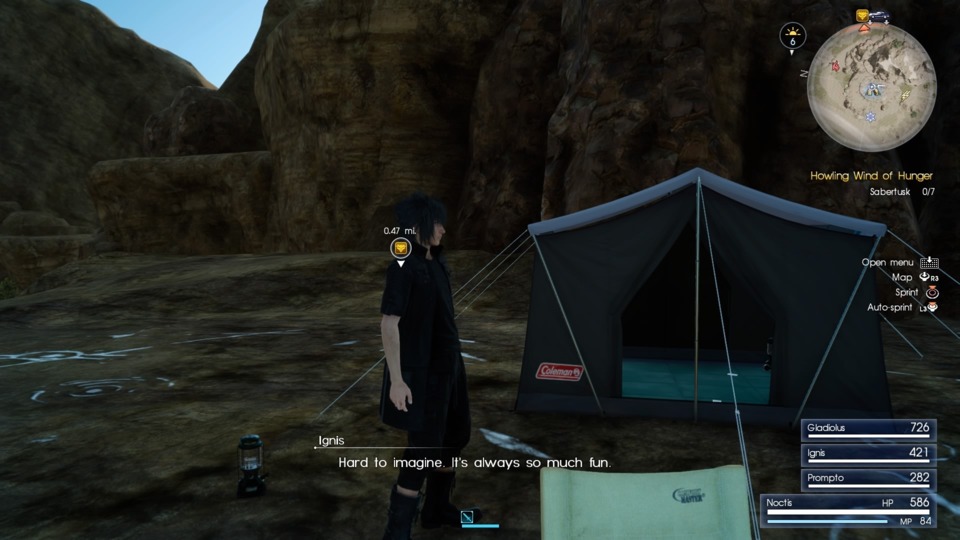
Secondly, the game dates itself by its choice of Coleman camping stoves. I had to buy a new one for a camping trip last summer and discovered Coleman doesn’t make the ones with the gas tank on the front anymore. The gas tank now goes on the left-side of the stove and uses a screw-in cylindrical propane tank rather than the red white-gas tank you see in the game. Which means you can tell all this was rendered several years ago. A small deal, to be sure. But it seems like if you’re going to put in all that effort for a sponsorship deal, you might as well make sure you have the details right when you do.
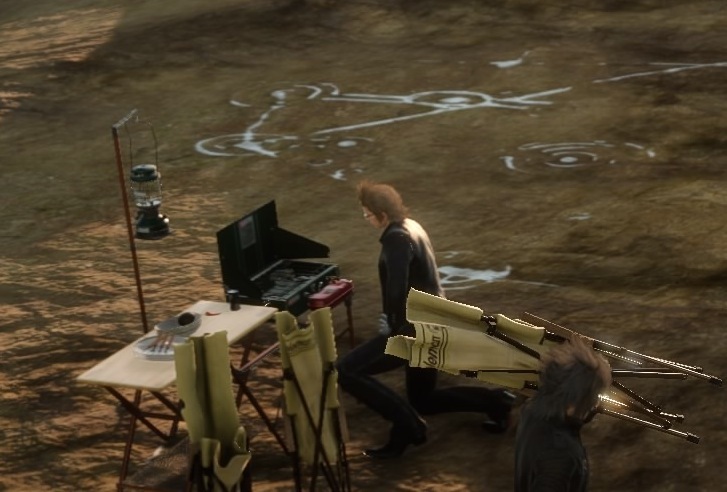
And just looking at Ignis’ cooking list, I’m pretty sure you would not succeed in cooking most of his fancy pants dishes on that thing. Pancakes, sure. But “Fluffy Chiffon Cake” is going to be several bridges too far. I mean the things only have a couple of small burners on them and . . . shit. I just spent three paragraphs discussing camping equipment, didn’t I?
Sorry.
In any event, it's time to get a move on and fight this Dualhorn creature so I can finally afford to pay for car repairs.
Upon reaching the Dualhorn, Gladio pulls the party aside to discuss strategy. He suggest that Noctis warp around and strike it from behind. This is clearly meant to teach the player about how to perform link-strikes with Noctis' companions. The only problem is that the fight is so entirely easy that by the time I was able to get around to the creature's backside, it was already dead. So maybe that tutorial doesn't work as well as the devs intended. Regardless, I have now, finally, completed my task. Cindy calls to tell me the car is done, which means soon I will be able to actually get a move on and hopefully advance the plot a little bit.
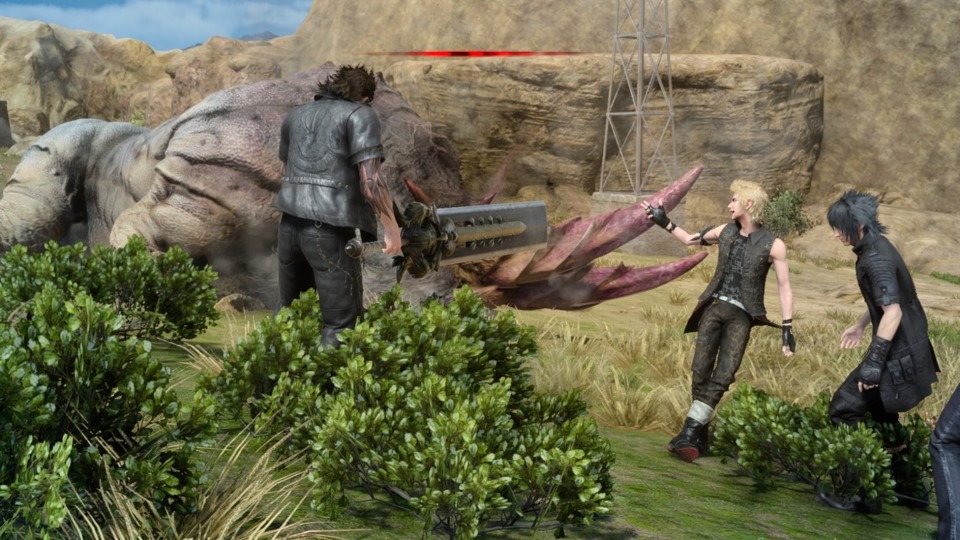
PART THE TWELFTH - IN WHICH IS SIGN OFF UNTIL NEXT TIME
Yeah . . . so I'll think I'll leave it there for now. I thought this would take less time now that I had one of these under my belt, but then it got all long again. I had intended to move the story along a little more, but then all of that gameplay mechanic stuff got in the way. And I spent an entire section discussing what's wrong with the party's camping equipment. Plus, it's Christmas and I can't avoid avoiding the family any longer. So I guess all I accomplished was to waste everyone's time?
Awesome.
I think the next one of these, whenever I get around to it, should be more action oriented. I mean, I've explained most of the combat stuff, and once I get the car I won't have to complain about Cindy anymore. And eventually the game needs to do story stuff. So yeah. Happy Christamhaunnakwanza wherever you are. See you next time.
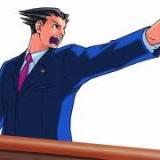
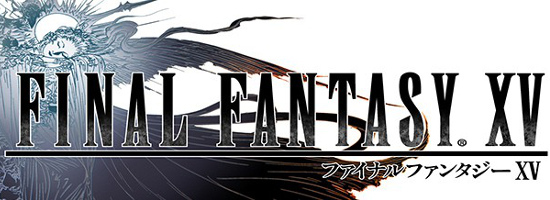

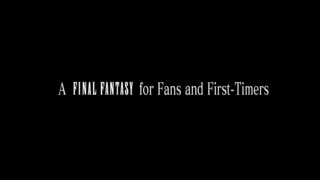


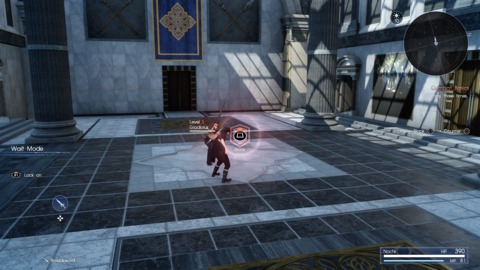
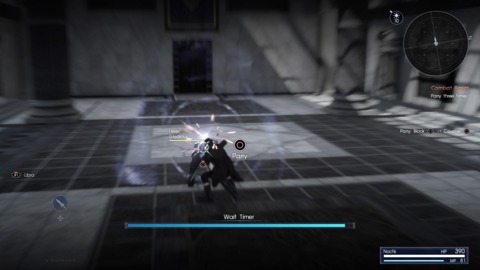
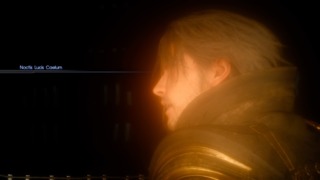
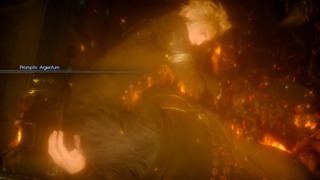
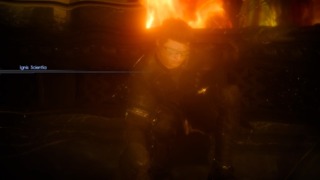

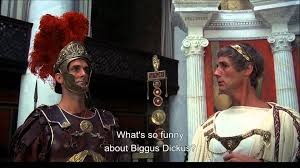
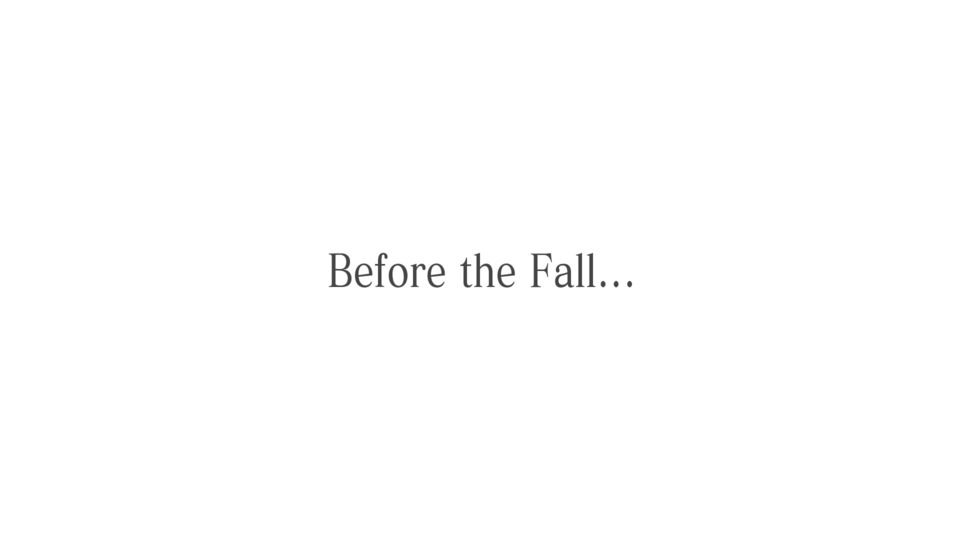

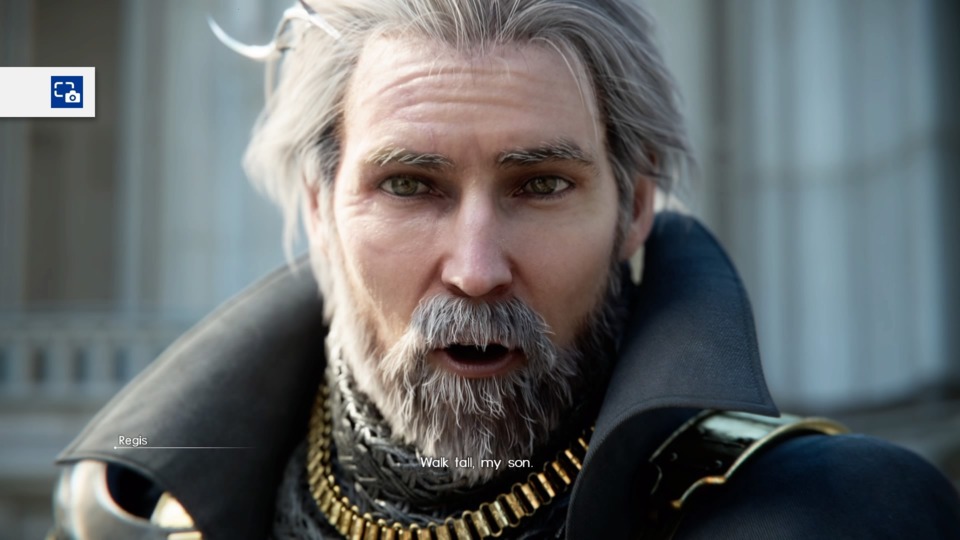
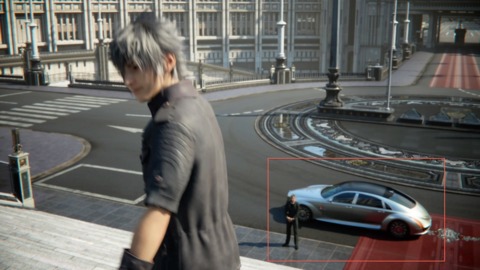
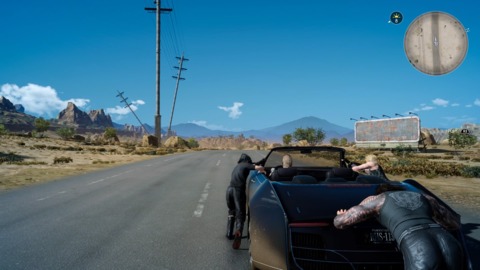
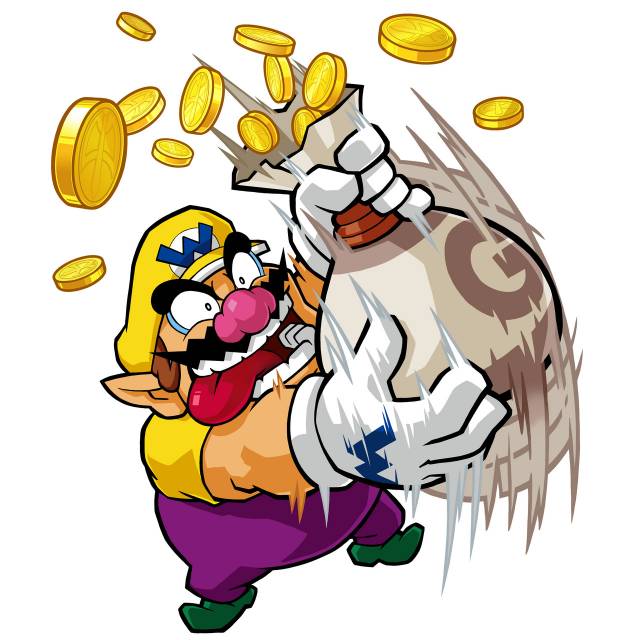
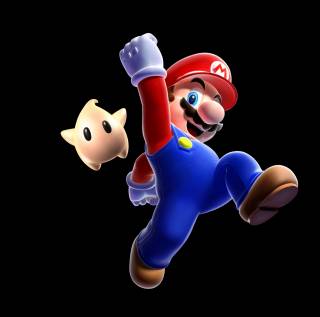

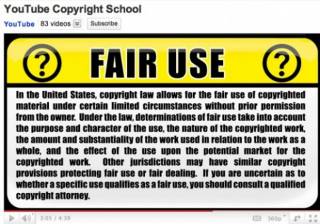
Log in to comment